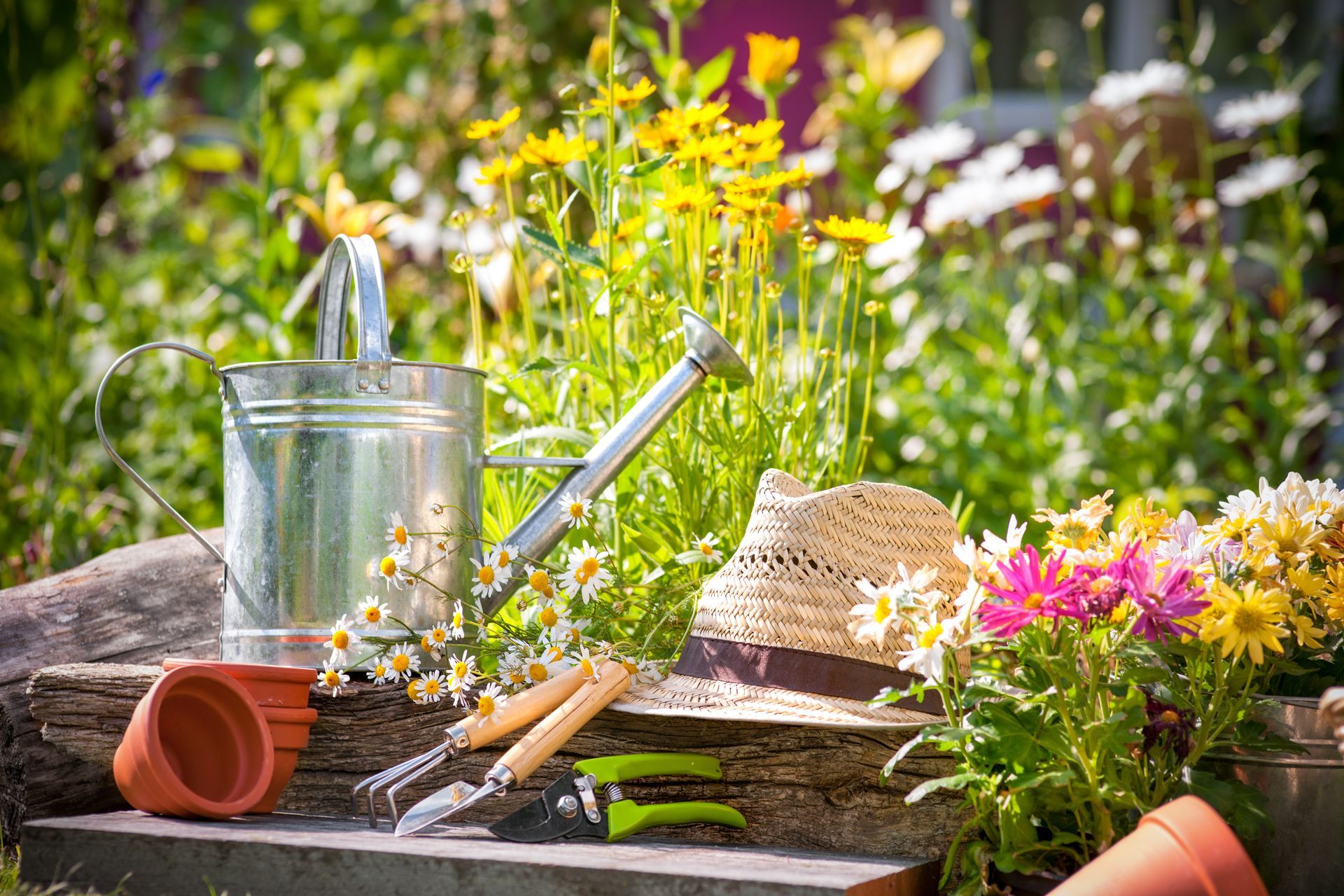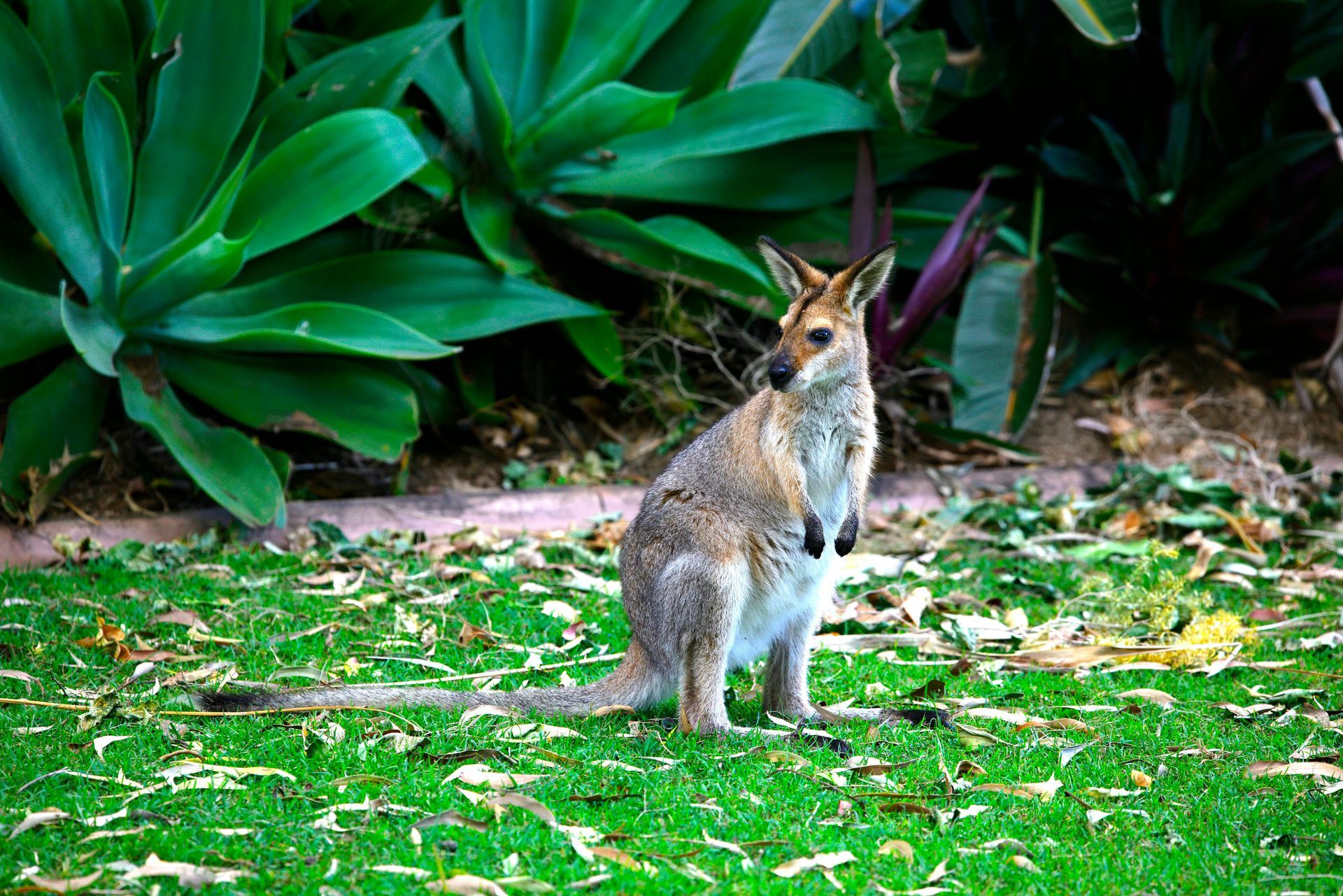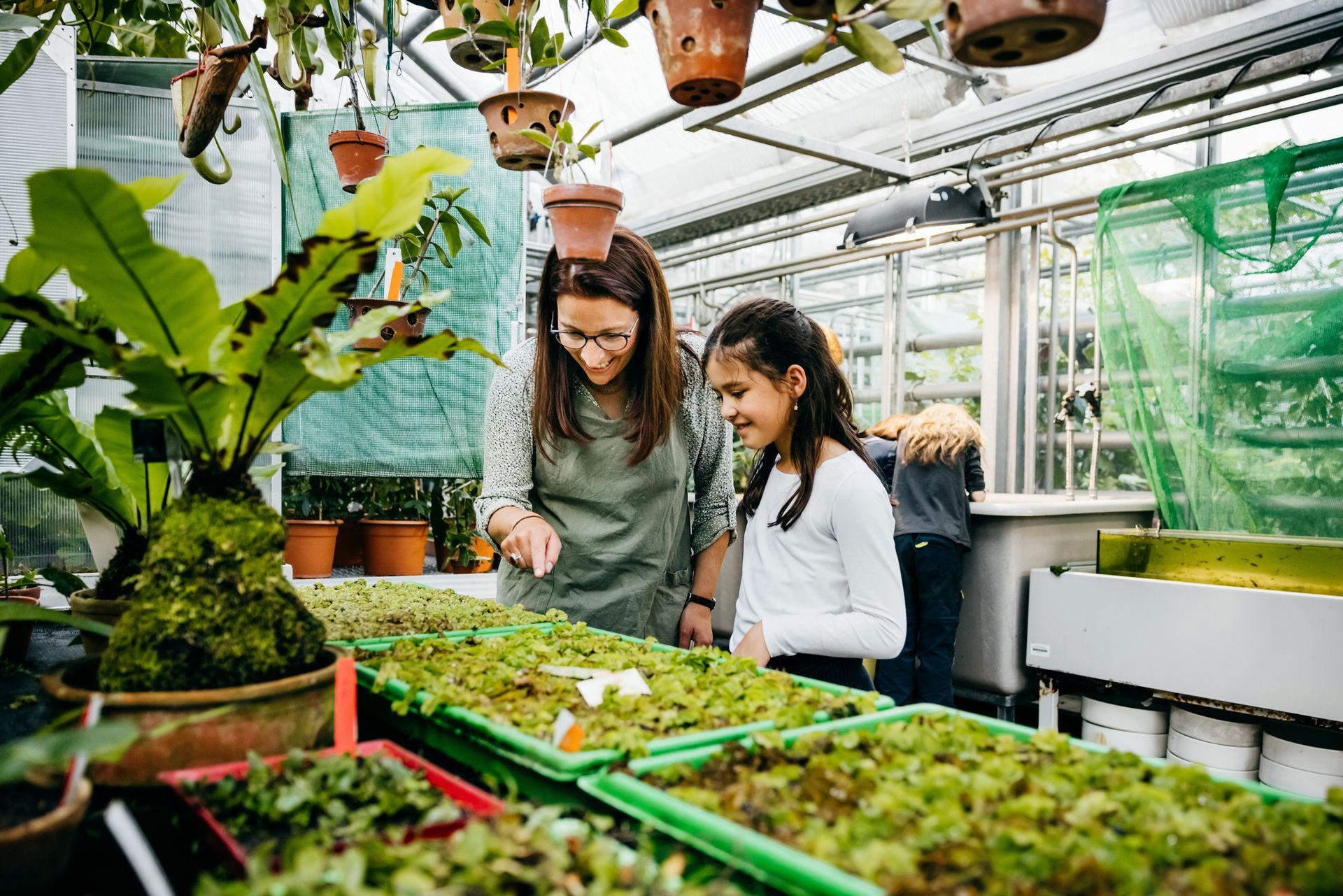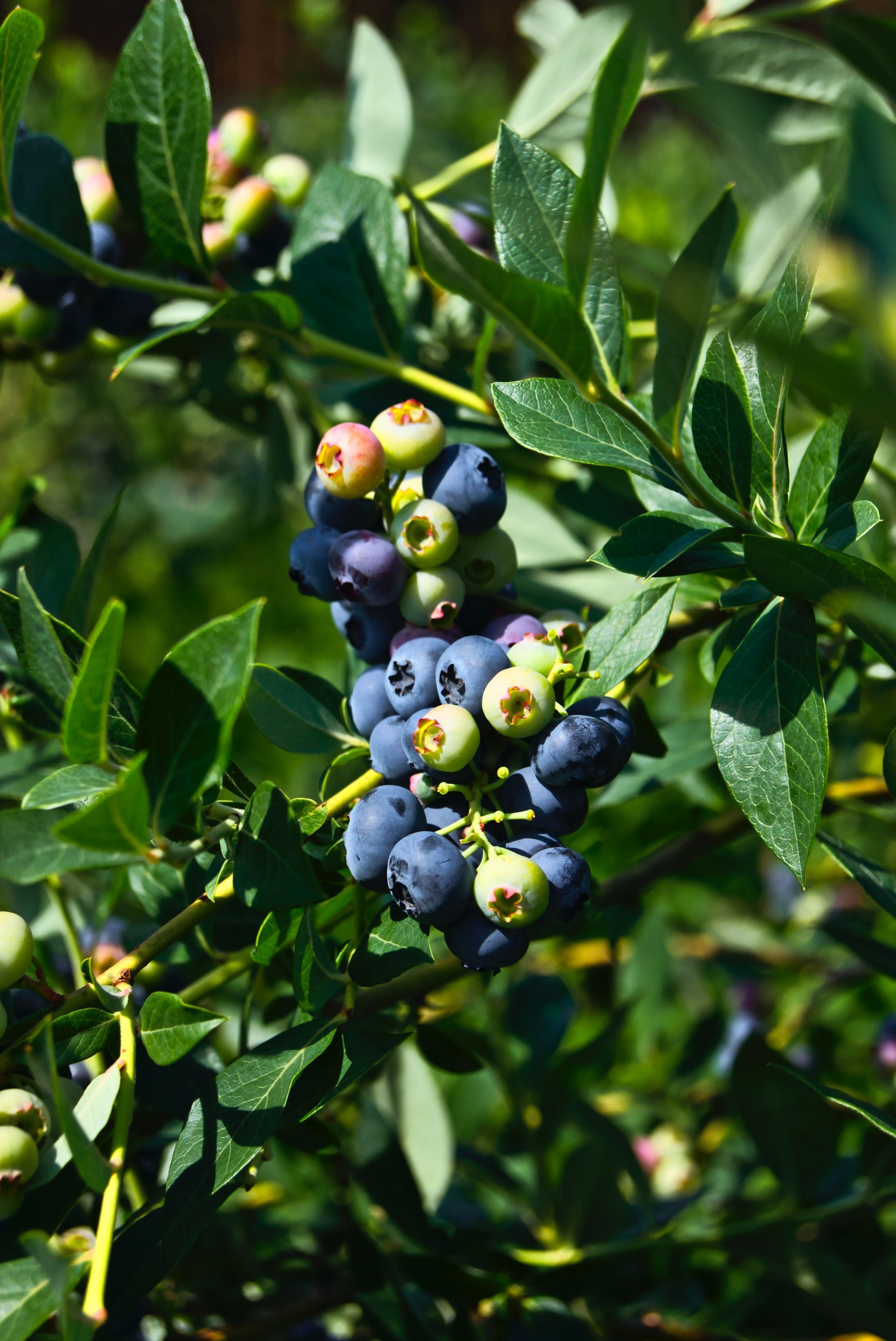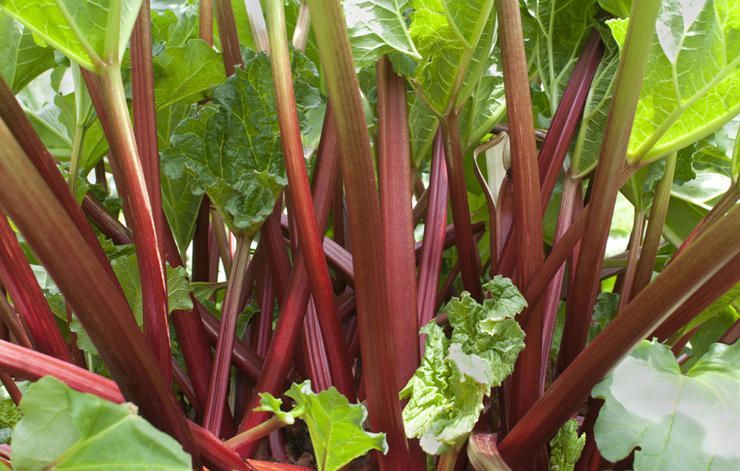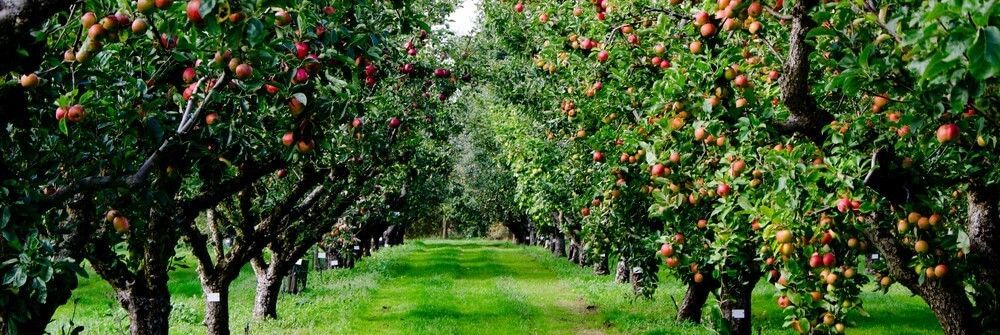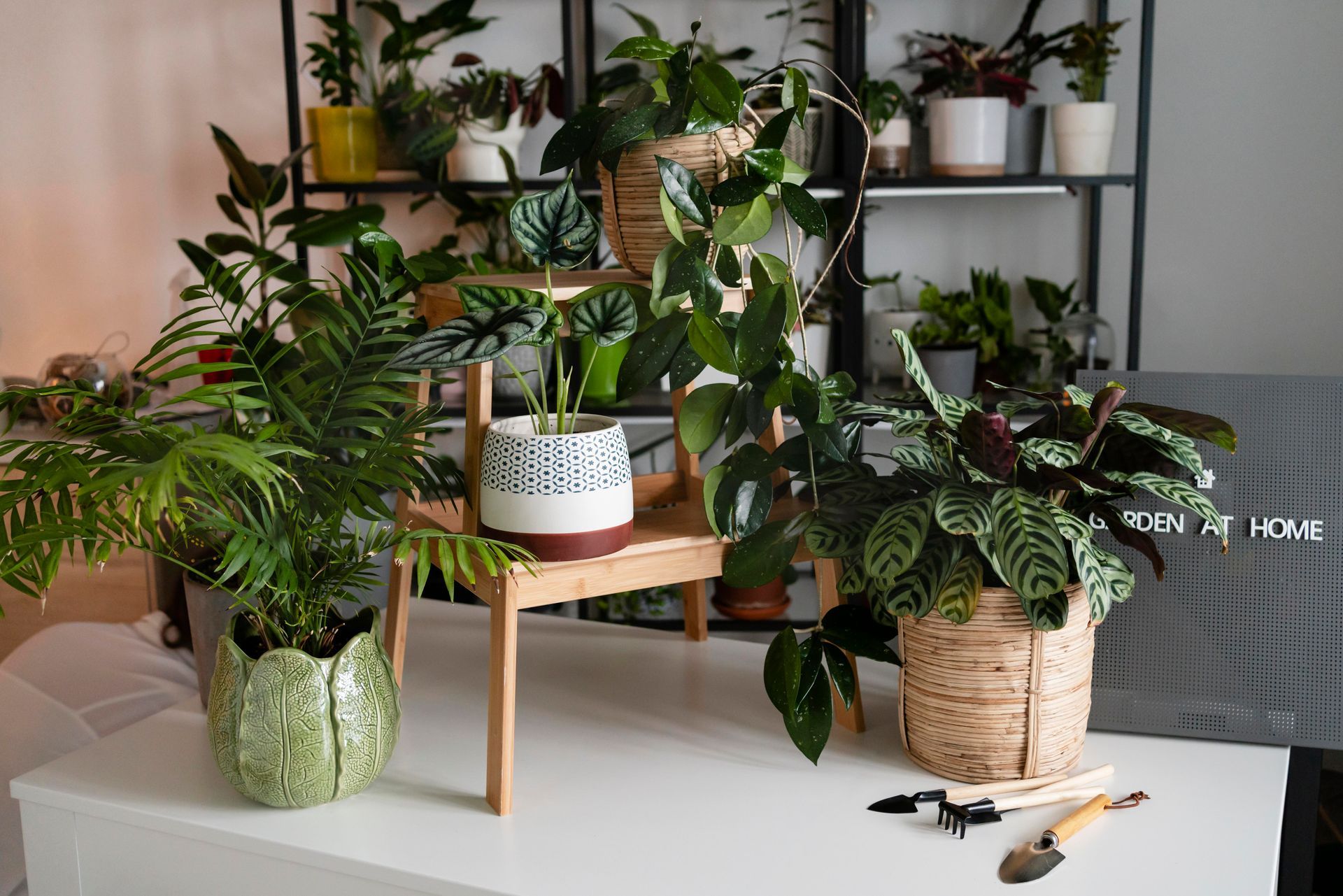Edible Container Gardens
With house blocks becoming smaller and homes becoming larger, the garden for many people looks much different to the gardens of the past. The garden may be a small backyard, a courtyard or an apartment balcony. Small areas do not mean that you need to miss out on the pleasures of growing your own food. There is a fantastic range of small growing fruit trees that are perfect for pots and small garden spaces.
Dwarf citrus trees that are extremely popular and are ideally suited for pots and containers on sunny balconies and courtyards. They have lovely sweetly-scented blossoms with lots of full-size fruit being produced over a long season. Citrus are an excellent source of Vitamin C and are popular in Asian cooking, drinks, seafood dishes, desserts, cakes and marmalade. It is possible to grow your own citrus at home, no matter what your garden looks like.
There is a fantastic range of dwarf fruiting trees including Apples, Cherries, Nectarines, Peaches and Plums. These are excellent for growing fresh and healthy food at home in smaller spaces.
Many herbs and vegetables can be grown in pots or bowls. A selection of edible favourites planted together is a convenient way to ensure a constant fresh and tasty harvest with only a few steps to the kitchen.
Strawberries in hanging baskets are a fabulous way to grow this delicious fruit while taking advantage of all of your available spaces. Blueberries are one of the most antioxidant rich foods in the world, packed with fibre, vitamins and minerals including Manganese, vitamin C, iron and potassium. They are so good for you and easily grown in pots at home.
Always use a premium quality potting mix when growing any plants in pots. Stoneman’s Premium Potting Mix has the correct blend of fast and slow acting fertiliser and water retention granules to ensure the very best results.
By growing in pots, whatever your garden looks like, it is possible to have fresh and healthy food at home.

